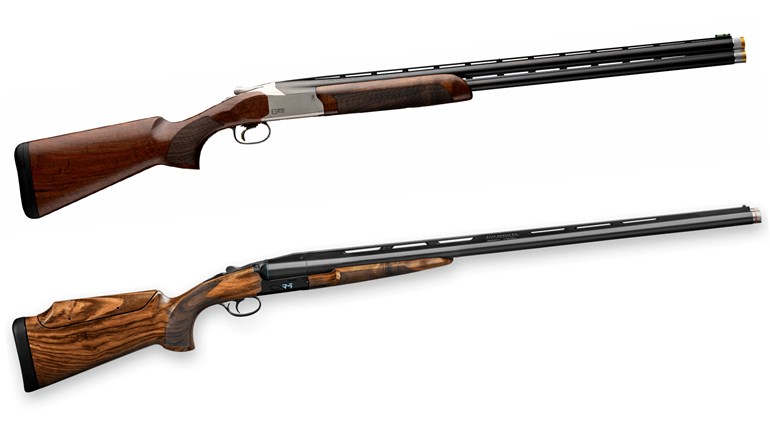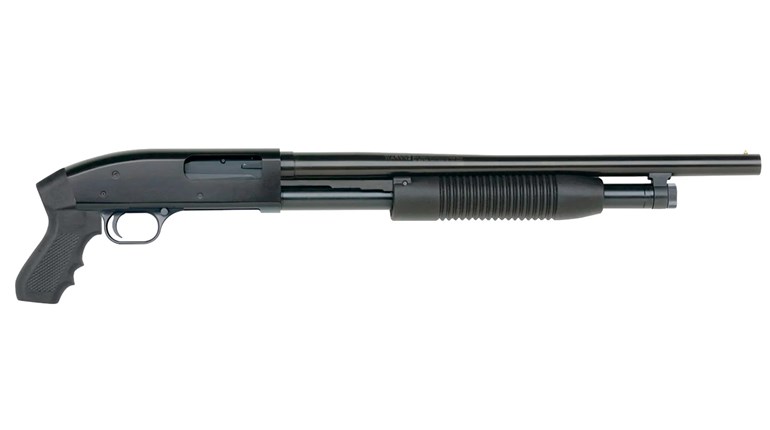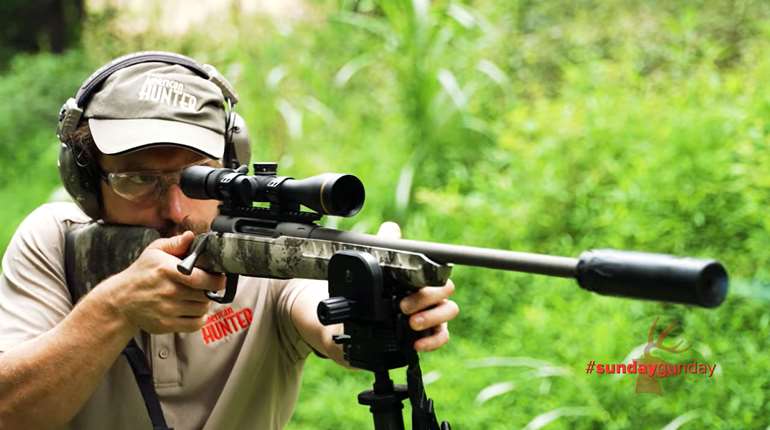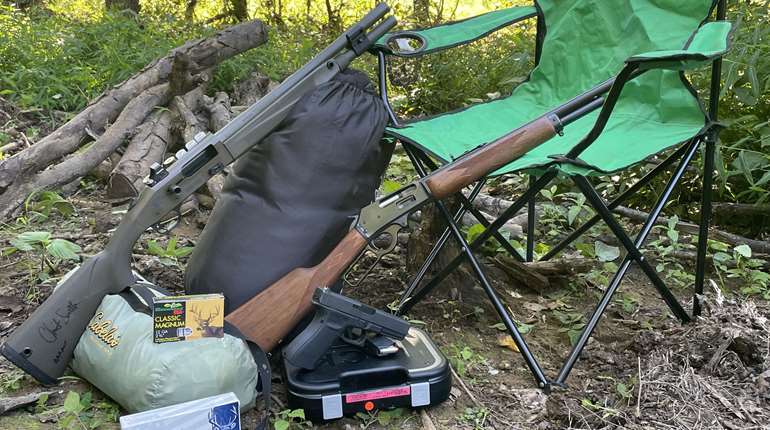Remember New Coke? Not many do. Tinkering with success is rarely a good idea, but every once in a while someone remakes a classic and gets it right. Browning’s Citori 725 is a prime example. Browning engineers lowered the venerable Citori’s high receiver profile and lightened the gun three-quarters of a pound by shaving weight from the receiver and by adding thinner, livelier barrels. They gave it mechanical triggers with wonderful, crisp pulls. The result was the best-handling Citori I ever shot. The new 725 Feather version takes those improvements and puts them in a lightweight alloy-framed package for the upland hunter.
The Citori’s durability, fit and finish, and Browning pedigree have made it one of the most popular O/Us in the world since its debut in 1973. The 1 millionth Citori came out of the Miroku factory in Kochi, Japan, in 2010, and the gun has proven itself as a hunting and competition gun countless thousands of times. Nonetheless, it’s not perfect. Critics said its receiver was too tall, putting the bores up above the plane of a shooter’s hands, making it less natural to point like an extension of your body than the trimmer Beretta 680 series, the Ruger Red Label or even Browning’s Cynergy. More of a concern to my mind has always been the Citori’s weight. At 8 pounds in a 12-gauge, it’s a lot of gun to carry. The 725 makeover solved both problems without altering the basic design.
The Feather version reduces weight even further. It has an alloy receiver with a steel hinge pin and a steel plate reinforcing the breech face, creating a gun that is still strong but very light. My 28-inch-barreled 12-gauge test gun weighed 6½ pounds. The “Fire Lite” mechanical trigger system had clean, consistent pulls of 4 pounds. They felt good enough that even I, an insensitive trigger-masher who shoots 9-pound triggers without noticing, could tell how nice they were. The 725 also features Browning’s newest choke tubes, the Invector DS (“Double Seal”), a completely new, thin-wall system to accommodate the 725’s slimmer barrel contour and to eliminate the need to flare the muzzle. The gun does share internal barrel dimensions of other new Citoris with a .742 bore and lengthened forcing cones. It also has Browning’s soft Inflex pad on the butt, a good addition to a light 12-gauge with 3-inch chambers.
Cosmetically, the 725 Feather is a treat to the eye. The dark-brown walnut on my test gun’s pistol-gripped stock and schnable fore-end had some nice Grade II/III figuring and a glossy oil finish. The checkering is done by machine, then chased by hand, as I was fortunate enough to see in person on a visit to the Miroku factory a few years ago. As a result it has some slight overruns here and there, which is honestly refreshing to see in an age of computer-cut perfection. The silvered receiver has ducks on one side, pheasants on the other in the same pattern as the all-steel 725. It looks good although I do wish it was cut slightly deeper to show up better. Overall wood-to-metal fit and finish is quite good. The 725 Feather is one of the better looking Citoris I have seen in a long time.
I shot low-gun skeet with the Feather and found it moved smoothly to birds despite its light weight. Like the regular 725, it’s a lively, trim gun in the hand and a pleasure to shoot. Some alloy receiver over/unders feel too barrel-heavy, but even with 28-inch barrels the Feather has just the right amount of weight-forward balance to make it an easy gun to swing and shoot without feeling nose-heavy. Its weight distribution makes it a light gun that handles like a heavier gun. Recoil with 1-ounce shells was neither surprisingly soft nor unpleasantly heavy but perfectly bearable.
After shooting skeet with the 725 Feather I took it dove hunting in a cut cornfield near home. The field was full of doves that flushed when we entered it. I stuck my Mojo dove in the middle of the highest concentration of dove tracks in the dusty corn rows and sat 20 yards away against a fencerow. Doves gave me a steady stream of crossing targets as they came in to the decoy. I shot a 15-bird limit in an hour with less than one box of shells, a feat I rarely accomplish; certainly some credit goes to the 725’s fit and balance. And, while I didn’t match the limit-in-a-box on subsequent dove hunts with the 725 Feather, I can’t blame any misses on the gun, either. Although my test Feather did well in the dove field, it’s really a gun made for upland hunters who walk all day. Uplanders like guns that carry lightly, but they need them to hit hard when the time does come to shoot, and the Citori Feather is definitely a gun that punches above its weight.
Technical Specifications:
Type: over/under shotgun
Gauge/Chamber: 12-ga./3"
Barrel: 26'' or 28", vent rib
Trigger: single, mechanical; 4-lb. pull
Sights: white front, middle bead
Safety: tang-mounted w/barrel selector
Stock: walnut; LOP 14 ¼"; drop at heel 2 1/4"; drop at comb 15/8"
Overall Length: 44¾"
Weight: 6 ½ lbs. (12-ga. w/ 28" barrels)
Metal Finish: blued steel, silver receiver
MSRP: $2,549





































